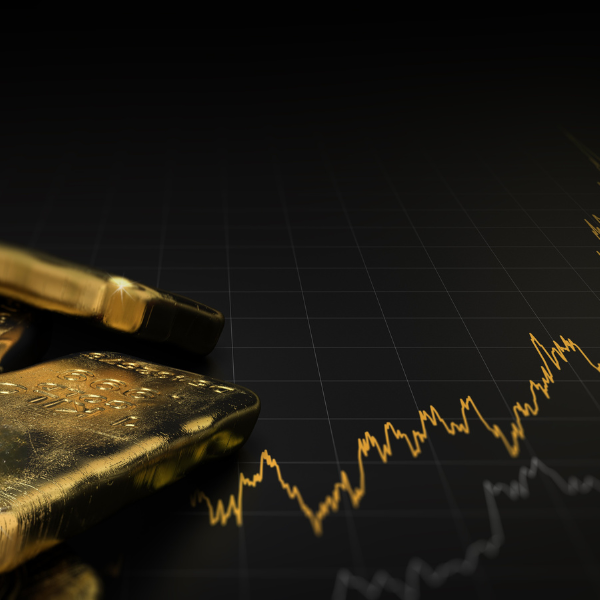What Exchanges Trade Gold?
The market for physical gold is broken down into two broad categories: Gold Exchange Trading and Bilateral Trading Networks.
In addition to these markets, there are derivative markets for paper gold, which greatly, and unfairly, impact the physical price of gold.
There are sparse few centralized markets or “exchanges” within which gold is traded, i.e., the Shanghai Gold Exchange, the Borsa Istanbul Exchange and the Dubai Gold and Commodities Exchange, each of which transparently reveal buy and sell orders in real-time.
The Moscow World Standard is another emerging and potentially disruptive exchange.
Below are the current gold exchanges by location, name, and bar weight as well as purity.
The OTC “Fix”
By contrast, the Bilateral Trading Networks, also known as the Over-the-Counter, or OTC trades, are far less transparent than exchange traded gold. They are primarily arms-length (by phone, computer or face-to-face) and are more “discreet,” which is a euphemism for unregulated, levered and often illiquid, i.e., dangerous.
Given the relatively small number of global gold exchanges, the majority of gold trading occurs in these OTC/Bilateral Networks.
Each day, millions of parties (from investors, jewelers, mints, miners, investment funds) trade in these OTC markets. Although a man buying a gold ring from a jeweler for his wife technically constitutes a “Bilateral Trade Network,” the driving force behind this network is the OTC market, which is lead by the London Bullion Market, which is, in turn, overseen by the London Bullion Market Association, or “LBMA.”
Switzerland, where the vast majority (over 70%) of gold bars are refined, is another major OTC market setting for gold.
As for the derivatives market, it deals in the buying and selling, as well as leveraging, of various paper contracts which in effect represents paper interests rather than actual physical ownership or delivery in physical gold. Needless to say, such a paper market, as opposed to physical market, is riddled with counterparty risk.
Despite the far greater risks in the derivative market, it has an immense impact on the price of physical gold. For decades, a small cadre of deep-pocketed banks and institutions have deliberately used highly levered short contracts to completely distort the free-market price of gold as measured by actual and natural long contracts for this metal. In effect, such levered and deliberate short contracts (despite Basel III efforts/optics to limit the same) have placed an unnatural boot to the neck of natural supply and demand forces for gold which amounts to legalized price fixing, as we discussed here.
In addition to these exchanges, gold is also part of the ETF system and futures market. The former is riddled with counterparty and operational risk; the later even more so, with the added danger, as well as distortion, of excessive leverage.
For more on ETF gold, click here. For more on the COMEX future markets, click here.



